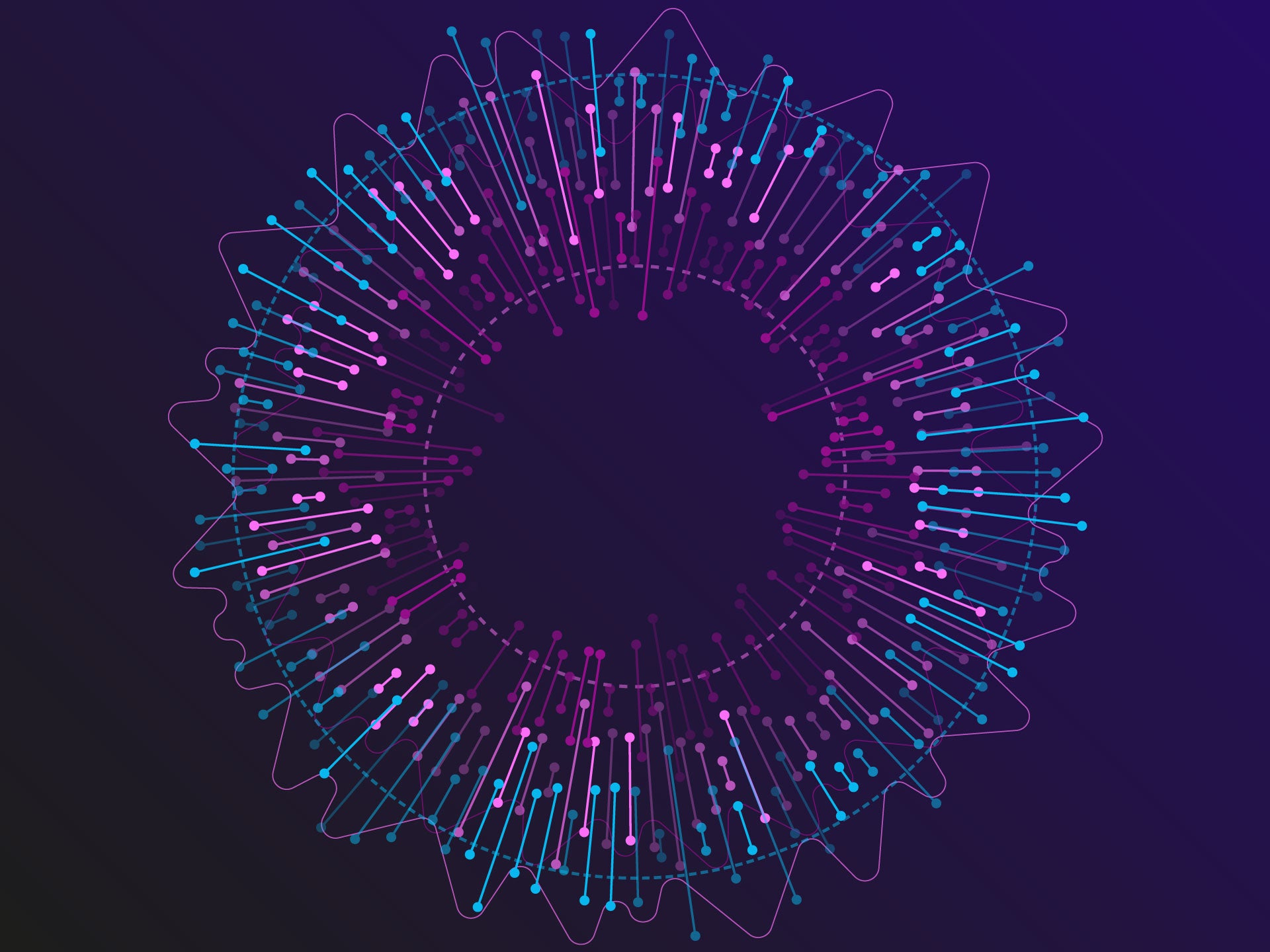
Telecom providers are finding their networks and location data are being used in different ways, since the start of measures to limit the spread of Covid-19. For mobile operators, that now includes the use of user location data analytics to help governments and other entities to understand—and fight—the spread of the virus.
In recent years, mobile network operators have been investing in big data analytics technologies. This is in order to leverage the potential value of the vast amount of network and user data they collect. Accessing the technology was the easy part. The availability of open source tools, hyperscale cloud platforms, and investments already made in the telcos’ own digital transformations led to innovative solutions. These launched as early as 2014.
Some players in Europe went further. They acquired analytics start-ups and digital consulting firms. This helped them to offer both standardized solutions providing insights on visitors, events, and journeys, as well as customized projects.
Commercial traction for these offers has been mixed. For one thing, data privacy and protection have become a major issue in the age of GDPR. Despite the great lengths operators go to in order to demonstrate that their user location data is aggregated and anonymized, potential users of that data remain cautious in doing so. Successful solutions have tended to target either a narrow vertical use case or even an individual custom deployment (e.g., for a local government agency or individual retailer), limiting scale.
Location data is gaining in importance
Now mobile user information based on location and date, such as data on visitors to a specific city or event, has taken on crucial importance due to Covid-19. Understanding movements between two or more locations can be of immense value to those grappling with pandemic mitigation. In some cases, governments are asking operators for help. In others, operators are offering data and end-to-end solutions to agencies involved in public safety, medicine, and essential services. With stay-at-home orders issued in many jurisdictions, network user location analytics can predict queues at supermarkets, map movements of groups not staying at home, and measure the effectiveness of measures taken by authorities to mitigate spread of the virus in communities.
Location data analytics in action
- In Austria, A1 Telekom is leveraging its existing mobile network analytics solution to share anonymous flow analysis with authorities, to help them understand the spread of Covid-19 and assess actions taken to slow the pandemic.
- In Belgium, Proximus is providing government authorities with aggregated traffic analysis. The largest supermarket chain in Belgium is also looking at using its analytics solution, which has been around since 2016, to help keep its stores open safely with insights on predicted traffic queues.
- In Germany, Deutsche Telekom provided public health researchers with anonymized mass data from its mobile network for research into the spread of the coronavirus, enabling it to predict new cases by region and local area.
- In Italy, Vodafone produced an anonymous heat map in the Lombardy region to help authorities better understand population movements to help thwart the spread of Covid-19. It has pledged to offer to help governments to develop insights based on large anonymized and aggregated datasets wherever technically possible, and legally permissible.
- In the UK, BT is in talks with the government about using its EE network’s location and usage data to map the movements of members of the public to see if Covid-19 restrictions are working. According to news reports, only anonymized data will be shared and information on geographical movement will be delayed by 12 to 24 hours.
Tracking the progress of Covid-19
Other operators – either publicly or quietly – are also working with governments in Europe to help understand user location behavior in the context of a pandemic. The data is routinely collected and stored, and operators have the ability to aggregate it and strip any individual identification. While in some parts of the world telcos and other tech firms are supporting efforts to track those who have been infected or exposed to the virus through individual user apps, in Europe the focus is likely to remain on analysis of whole populations. It’s a powerful tool that should result in increased knowledge of Covid-19’s spread as well as improved efforts to mitigate its impact.
How well do you really know your competitors?
Access the most comprehensive Company Profiles on the market, powered by GlobalData. Save hours of research. Gain competitive edge.

Thank you!
Your download email will arrive shortly
Not ready to buy yet? Download a free sample
We are confident about the unique quality of our Company Profiles. However, we want you to make the most beneficial decision for your business, so we offer a free sample that you can download by submitting the below form
By GlobalData




Related Company Profiles
Proximus plc
Deutsche Telekom AG